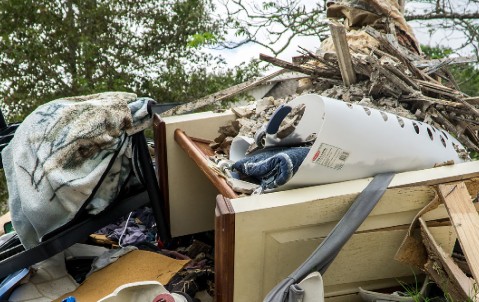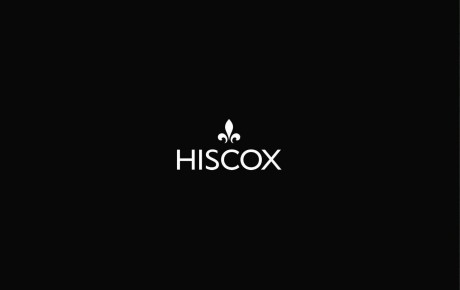
Time to tackle the US loss-adjusting deficit
A shortage is pushing up rates and challenging insurers’ ability to effectively service claims.
After Hurricane Irma left a trail of devastation in Florida in September 2017, the insurance industry’s independent loss adjusters – many of whom were already engaged in dealing with claims in Texas from Hurricane Harvey – found themselves in the middle of a lucrative bidding war for their services. Following allegations of price gouging, as competing insurers scrabbled to secure the loss adjusting resources they needed, some in the industry are asking how to stop independent loss adjusters from moving at short notice from state to state to chase the highest fees.
A finite pool
After a catastrophe, one of the main challenges for insurance carriers, wholesalers and coverholders is finding adequate numbers of independent adjusters to process their claims. This shortage really became apparent after hurricanes Harvey and Irma, says Peter Parsons, Claims Manager for Hiscox London Market. “Some domestic US insurers set about harvesting all the available loss adjusters as they sought to make sure they had adequate resources to service their claims.”
After a catastrophe, one of the main challenges is finding adequate numbers of independent adjusters to process their claims.
The estimated 57,000 independent adjusters in the US can make $65,000 to $100,000 in a couple of months after a major hurricane or catastrophe, according to a report in The Wall Street Journal. “The problem is when one carrier or one firm adjusts their fee schedules so out of line [that] price gouging occurs and disrupts the supply and demand [balance] of the loss adjusting market,” says Joby Najolia, National Claims Director for managing general agent Risk Placement Services Inc. “An independent loss adjuster in Texas making say $600 a claim then goes to Florida to make $2,000 a claim on the same estimate of damages.”
This, in turn, has a knock-on effect throughout the market. “It is unfortunate that the independent adjuster can just drop a file and [go] to the next highest bidder,” adds Najolia. “The average independent adjuster doesn’t understand the trickledown effect this has all the way from the carrier, to the broker, retailer and down to the consumer.”
An issue for the London Market
The problem also hit the London Market as hard as many admitted insurance carriers. “The third party administrators came to us to tell us they couldn’t service our claims under the existing fee arrangements because they had suddenly lost claims adjusting staff to domestic insurers and would have to increase fees to retain their remaining staff. We could do nothing about it,” says Parsons.
It is unfortunate that the independent adjuster can just drop a file and [go] to the next highest bidder. The average independent adjuster doesn’t understand the trickledown effect this has.
How then does the insurance industry deal with a problem that only really surfaces after a big natural catastrophe? Should insurers simply employ more loss adjusters in permanent roles? “Some companies have tried that,” says Najolia, “but you would simply have an excess of people sitting on your payroll and the overheads would be just too much. But, at the end of the day, when you have a catastrophe, you need all the resources you can get.”
Change the law?
One solution to the issue could lie in tightening legislation. “I think there has to be some legislation," of independent loss adjusters argues Najolia. “If you’re going to work for a company for an agreed fee schedule, then you should have to honour that agreement in that particular state, no matter what happens. If you choose to go to another state at short notice because they are paying three times what you currently make, you should be penalised and lose your original state licence.”
But this would be problematic, Najolia acknowledges, because it would require state insurance commissioners to take action on a problem that only really surfaces after a catastrophe.
Changing legislation also does little to tackle a more structural problem – the lack of recruitment in the claims industry.
Changing legislation also does little to tackle a more structural problem – the lack of recruitment in the claims industry. “There is a lack of young adjusting talent, because it’s not really being pushed as a career,” says Parsons. “The age of the average loss adjuster in the US is increasing, which meant a great many saw the recent hurricanes as a last minute way to top up their retirement pots.” Najolia agrees, and also calls for loss adjusting to be better promoted as a career opportunity. “There is not enough marketing and education in colleges and universities. It is truly a profession that helps people to rebuild their lives.”
A role for technology?
More urgent answers are needed to avoid a continued shortage of loss adjusters every time a catastrophe occurs. “In the next five years we need to figure out a solution because the numbers of loss adjusters are never going to be equivalent to the numbers needed after a catastrophe. With not enough people coming into the sector, we need to think about how we can incorporate new software and technology to lessen the reliance on a limited pool of independent adjusters,” concludes Najolia.



